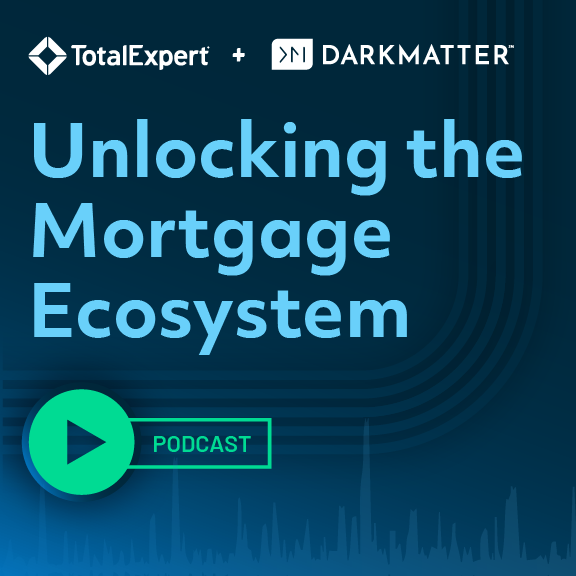It’s a huge win when a consumer makes their first transaction to become a customer or member of your financial brand. But, after that first transaction, your work has only just begun.
That’s because it’s far easier to keep existing customers or members than it is to move newcomers through the funnel. Your funnel isn’t going anywhere, but there is a new model emerging. It’s called the marketing flywheel.
The flywheel is a modern approach to marketing that keeps customers and members from falling out of the funnel and into the arms of your competitors. Instead, first-time customers or members fall from your funnel and land on your flywheel, where you can deliver valuable, ongoing engagement.
In this post, we’ll show you how to gain flywheel momentum, exceed consumer expectations and differentiate your brand with messaging that can attract, engage and amaze.
Take Flywheel Marketing for a Spin
With 53 percent of consumers unable to distinguish your financial brand from your competitor’s, the flywheel is your chance to offer an ongoing, hyper-relevant experience for customers and members beyond the initial transaction. Here’s how:
Attract
The best way to humanize banking is to include a human. Your ability to engage personally with individual consumers around their life events will ultimately determine your success.
Too many brands blanket customers or members with one-size-fits-all messaging that fails to anticipate their needs, understand their behavior or recognize them as an individual.
Organizations should focus on building strategies that attract consumers based on who they are and what they do. For example, consider sponsoring a local event aimed at educating students on financial health as they become young adults.
Engage
It isn’t enough to win relationships – you must continually engage across the customer or member experience to spin up new opportunities within the marketing flywheel.
Financial brands that fail to deliver the right message at the right time to the right person on the right channel are vulnerable to losing consumers from their flywheel.
Banks and credit unions can leverage their data insights to become their customers’ or members’ trusted financial partner and build momentum in their relationships through life events. Consider how a customer or member’s actions can lead to new opportunities for your bank or credit union.
For example, a final loan payment from a customer or member could trigger a campaign to offer the next best action in their financial lives – perhaps a wealth management guide or an investment strategy catered to debt-free consumers.
Amaze
Most consumers have a mental wall that protects them from the constant barrage of marketing noise. To bring your flywheel full circle and break through, you must invest in experiences that amaze.
Banks and credit unions that go beyond expectations, drive personal connections and anticipate future needs are more likely to retain lifelong relationships.
Whether a helpful budgeting resource or cost-saving tip, proactive consumer engagement and education-centric content is proven to be valuable to building relationships, as 78 percent of bank customers appreciate financial guidance.
Focus Beyond the Funnel
Building customer of member relationships for life doesn’t work if you only focus on your funnel. Most of your work comes after the first transaction.
To serve as a central financial partner, banks and credit unions must build trust by connecting their customers or members to relevant products and services at every consumer touchpoint.
Through elevated experiences that can attract, engage and amaze, your financial brand can gain real flywheel momentum


